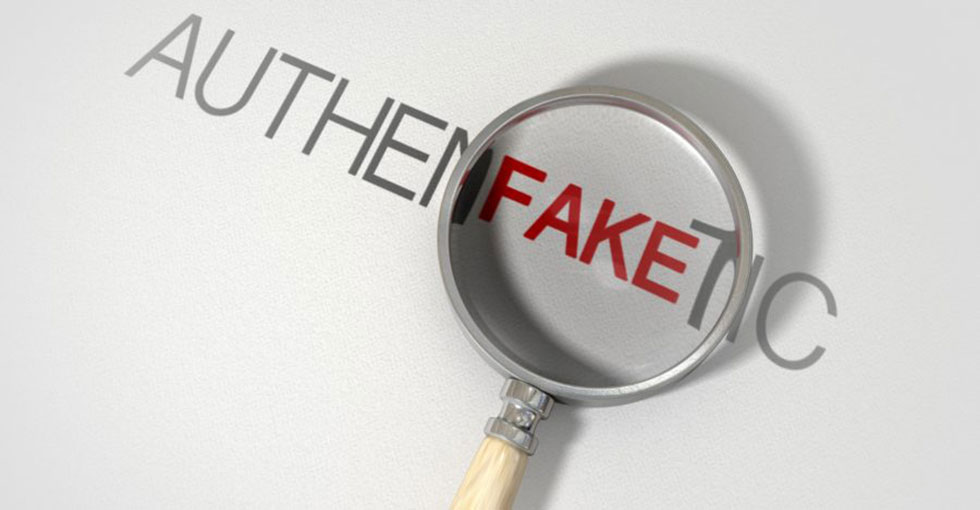On August 5th 2021, the Sentencing Council published two new sentencing guidelines to be used when both individuals and organisations fall to be sentenced for offences contrary to Section 92 of the Trade Marks Act 1994. They formally become effective from October 1st 2021.
Said guidelines will replace the 2008 guideline currently applicable to individuals only, and used in the Magistrates Court only. The new guidelines are to be used across all courts in England and Wales, including the Crown Court.
The guidelines, links to which are provided at the end of this article, adopt the now common structure which involves assessing an offender’s culpability and the harm caused/risked by their offending. Said structure will inevitably mean it will be much easier for a sentencer to categorise offending behaviour when compared to the 2008 guideline, which simply gave 4 generalised examples of offending behaviour to work from.
The guideline for individuals is looked at first.
Culpability:
Those running a sophisticated operation with significant planning, performing a leading role in a group activity and involving others through coercion, intimidation and exploitation will fall into the high culpability category. Helpfully, the guideline provides examples of what may evidence an operation falling into this category. Multiple outlets, numerous trading identities, multiple accounts for receiving payments, professional equipment being used to produce counterfeit goods, a false website and offending over a sustained period are all listed examples. Unsurprisingly, the guideline makes clear that the list is not exhaustive.
Similar to other offence guidelines, offenders in the lesser culpability category will be those committing opportunistic offences, performing a limited function and those committing offences due to exploitation or intimidation. Medium culpability covers cases falling in between both of the above.
Harm:
Contrary to the 2008 guideline, the assessment of harm in the new guideline requires a sentencer to identify the monetary value of the counterfeit goods in question. However, the relevant figure will be the retail value of the equivalent, genuine retail goods. An estimate of said value can be used when it is impractical to assign such a figure, or where it is not clear on the evidence. With this addition, it is now more important than ever for prosecuting authorities to quantify values as far as is possible from the outset of an investigation.
The guideline recognises that the above figure is likely to be considerably higher than the actual value of the relevant counterfeit goods. This difference is accounted for in the relevant starting points already. It is made clear that any adjustment to the starting points should only be applied in exceptional cases where any difference between the values is grossly disproportionate.
Such value then determines the harm category alongside any ‘significant additional harm’. This harm includes substantial damage to the legitimate business of the trademark owner and/or purchasers and customers being put at risk of physical harm by the counterfeit products. The latter will often be relevant in illicit tobacco prosecutions where the counterfeit tobacco is not subjected to the same, rigorous safety tests. A risk of death or serious injury to purchasers should result in at least harm category 3 being applied regardless of the monetary value.
As with other guidelines, the subsequent starting points apply irrespective of the offender’s plea or previous convictions.
The guideline for organisations provides an almost identical matrix for assessing culpability and harm. As such, it is not repeated here. The obvious differences derive from the only available sentences for an organisation being a fine or a discharge – they cannot be sentenced to imprisonment or a community order. As the penalties are primarily financial, the Court, when sentencing an organisation, will have to deal with compensation and confiscation first if relevant. As such, step 1 and 2 of the organisation guideline deals with those matters respectively.
The Sentencing Council recognised that trade-mark offences are a somewhat low-volume offence – evidenced by the fact that around only 370 adults and 40 organisations were sentenced for said offences in 2019. It is hoped that the new guidelines will provide some structure and assistance in an area where many sentencers may have had little prior experience.
It is also clear from the guideline and its accompanying press release that the Sentencing Council have tried to eradicate the myth of offences involving counterfeit goods being a victimless crime. They have focussed not only on the harms to trademark owners, but the risks posed to everyday consumers posed by the lack of safety tests which are imposed on genuine goods.
The guidelines can be found at:
https://www.sentencingcouncil.org.uk/offences/magistrates-court/item/individuals-trade-mark-unauthorised-use-of-etc/ – Individuals
https://www.sentencingcouncil.org.uk/offences/crown-court/item/organisations-trade-mark-unauthorised-use-of-etc/ – Organisations
https://www.sentencingcouncil.org.uk/news/item/new-guidelines-to-sentence-trade-mark-offences-published/ – Press Release
Matthew Cullen is a member of the St Philips Regulatory and Criminal Groups. He has prosecuted and defended a broad range of cases across the regulatory spectrum including but not limited to trading standards, food hygiene and Environmental Act offences and also regularly appears on behalf of appellant drivers and respondent local authorities in respect of taxi licensing cases.
His Clerk, Alan Durham, can be contacted on 0121 246 2065 or at adurham@st-philips.com










